 M. M. Cohn Department Store
M. M. Cohn Department Store
Entry Category: Counties, Cities, and Towns - Starting with M
 M. M. Cohn Department Store
M. M. Cohn Department Store
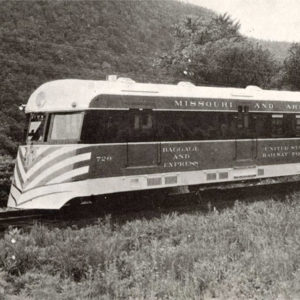 M&NA Train at Kensett
M&NA Train at Kensett
Mabelvale (Pulaski County)
Maberry (Woodruff County)
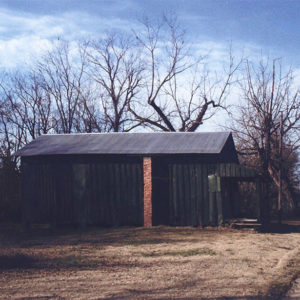 Maberry Abandoned Building
Maberry Abandoned Building
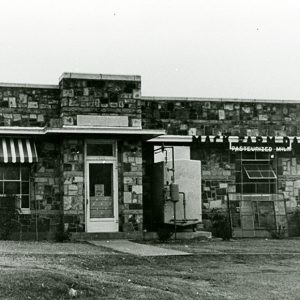 Mac Dairy
Mac Dairy
Macks (Jackson County)
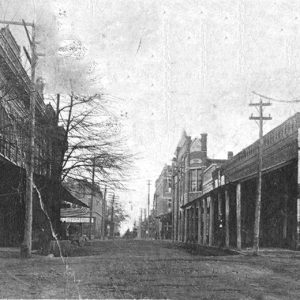 Maddox Street
Maddox Street
Madison (St. Francis County)
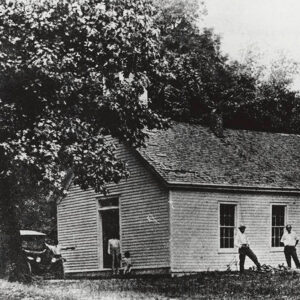 Madison Church
Madison Church
Madison County
 Madison County Courthouse
Madison County Courthouse
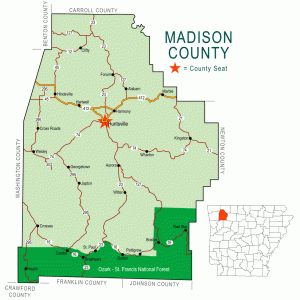 Madison County Map
Madison County Map
 Madison Entrance
Madison Entrance
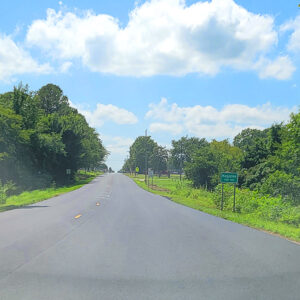 Magazine
Magazine
Magazine (Logan County)
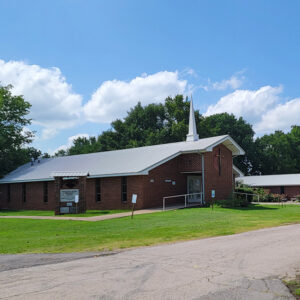 Magazine Church
Magazine Church
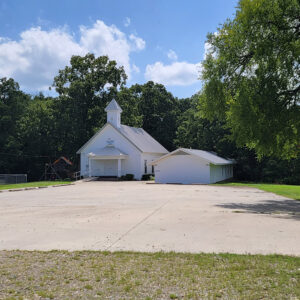 Magazine Church
Magazine Church
 Magazine Post Office
Magazine Post Office
 Magazine School
Magazine School
 Magazine School
Magazine School
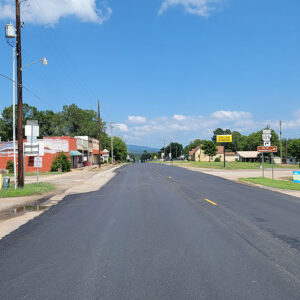 Magazine Street Scene
Magazine Street Scene
 Magazine Water Tower
Magazine Water Tower
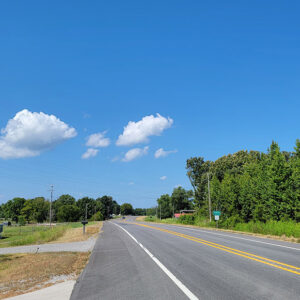 Entering Magness
Entering Magness
Magness (Independence County)
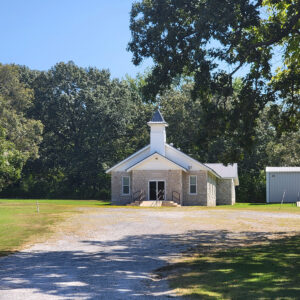 Magness Church
Magness Church
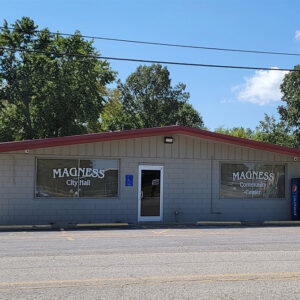 Magness City Hall
Magness City Hall
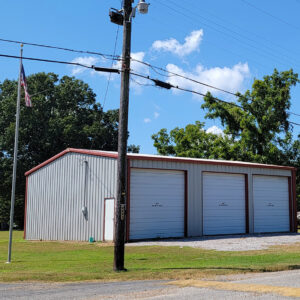 Magness Fire Department
Magness Fire Department
Magnet Cove (Hot Spring County)
Magnolia (Columbia County)
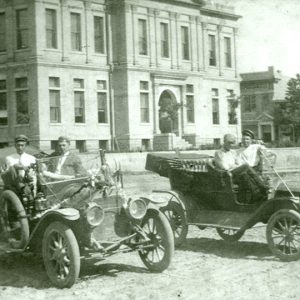 Magnolia Autos
Magnolia Autos
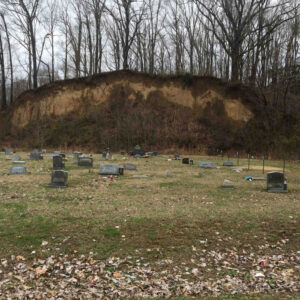 Magnolia Cemetery
Magnolia Cemetery
 Magnolia Inn
Magnolia Inn
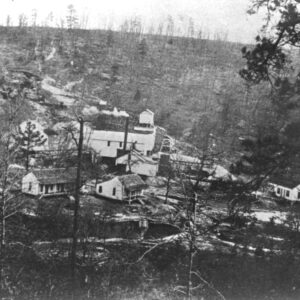 Magnolia Mines
Magnolia Mines
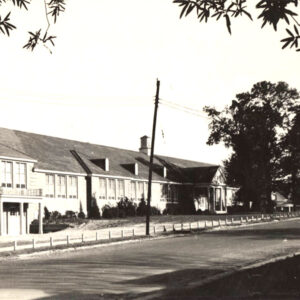 Magnolia School
Magnolia School
 Magnolia Street Scene
Magnolia Street Scene
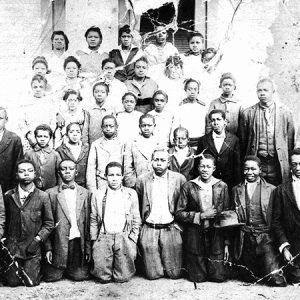 Magnolia Students
Magnolia Students
 Magnolia View
Magnolia View
Maguiretown (Washington County)
 Mail Hack
Mail Hack
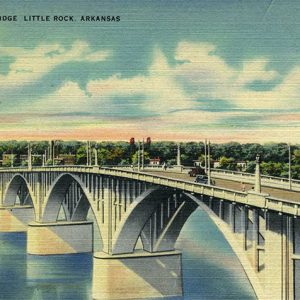 Main Street Bridge Postcard
Main Street Bridge Postcard
 Majestic Hotel
Majestic Hotel
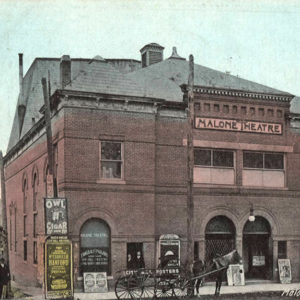 Malone Theater
Malone Theater
Malvern (Hot Spring County)
 Malvern Airport
Malvern Airport
 Malvern Airport Entrance
Malvern Airport Entrance
 Malvern City Hall
Malvern City Hall
 Malvern Daily Record
Malvern Daily Record
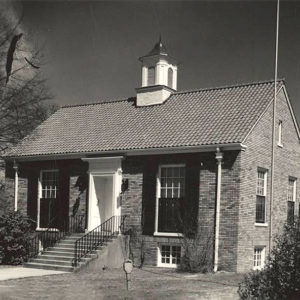 Malvern Library
Malvern Library
 Malvern Post Office
Malvern Post Office




